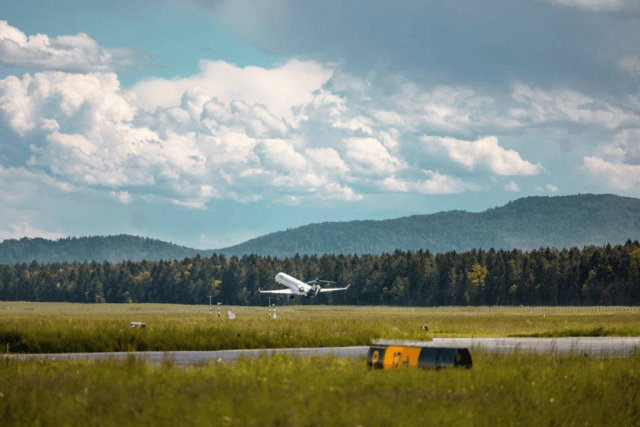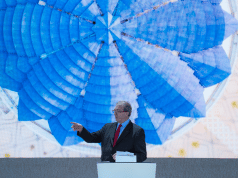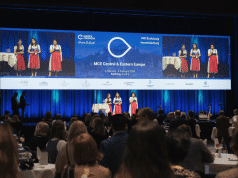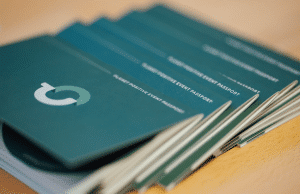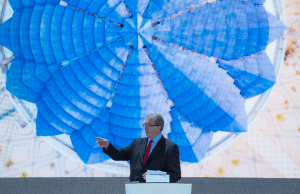Compared to 2019, the number of arrivals in 2022 was 5.8 % lower and the number of overnight stays was 1.2 % lower. Foreign visitors generated 3.9 million arrivals and 10 million overnight stays. In the first 11 months of 2022, €2.71 billion in travel exports were recorded, which is 2% more than in the same period of 2019. 2022 was thus a year of return for Slovenian tourism, slightly below the figures before the COVID-19 pandemic. Arrivals of foreign tourists recovered to 84% of their pre-corona level, putting Slovenian tourism above European and global levels. According to the UNWTO, international arrivals last year reached 63% of pre-pandemic levels, while tourism in Europe recovered to 80 %.
Last year, 5.8 % fewer tourist arrivals and 1.2 % more tourist overnight stays were recorded than in 2019. According to the Statistical Office of Slovenia (SURS), by the end of 2022, 5.86 million tourist arrivals and 15.58 million tourist overnight stays were recorded, which was 46.6 % more tourist arrivals and 38.5 % more tourist overnight stays than in the same period in 2021. Compared to 2021, foreign visitors generated 3.93 million tourist arrivals (67 % of the total) and 10.07 million tourist overnight stays (65 % of the total), an increase of 114.8 % in tourist arrivals and 110.2 % in tourist overnight stays. Domestic visitors generated 1.93 million tourist arrivals (33 % of the total) and 5.5 million tourist overnight stays (35 % of the total) during the same period, a decrease of 11 % in tourist arrivals and 14.7 % in tourist overnight stays compared to 2021.
Compared to 2019, foreign tourists in 2022 generated 11.4 % fewer overnight stays and domestic tourists 25.1 % more overnight stays.

While a recovery in tourist arrivals was forecast for 2023, the 2019 figures have almost been reached in 2022. The recovery has been strongly driven by domestic guests, in particular, driven by the tourist vouchers, as well as the My Slovenia promotional campaign, through which the Slovenian Tourist Board (STB) encourages Slovenians to take holidays at home. Foreign arrivals and overnight stays have also shown strong growth in 2022. The outlook for 2023 is also encouraging, with further moderate growth in tourist arrivals (around 5%) expected.
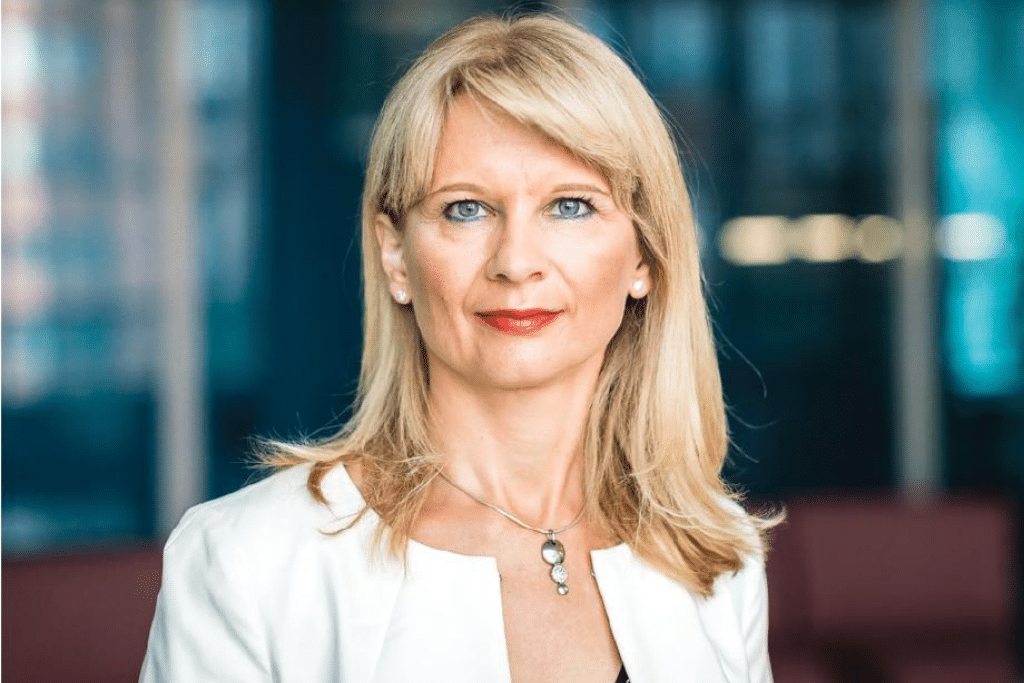
Upon this occasion, Matjaž Han, Minister of Economic Development and Technology highlighted: “I am delighted that we have already reached the level of visits and overnight stays from 2019, which was a record year for Slovenian tourism. After years of crisis, we are also seeing a rise in the inflow of exported tourist trips, an increase in added value in the tourism sector and a reduction in the seasonality of Slovenian tourism. I took over the tourism sector during the recovery from the covid-19 pandemic. The expectation was that the recovery would be very long, but tourism recovered in a shorter time than expected – it certainly helped that the state supported the industry by maintaining the offer. But the fact is that people will always want to explore and seek for rest and relaxation – all the more so after such challenging times. I believe that the results are a good starting point for the implementation of the Slovenian tourism strategy, which sets out a path to higher added value. This will of course also lead us through the process of digital transformation of the tourism sector. People will continue to be at the heart of our offer, but we will support Slovenian tourism through data-driven decision-making and the creation of smart tourism destinations.”
The majority of foreign tourists came from Germany
In 2022, the largest number of overnight stays in Slovenia by foreign tourists came from Germany (17.8 % of all overnight stays by foreign tourists), followed by Italy (9.1 %), Austria (8.8 %), the Netherlands (6.2 %) and the Czech Republic (5.7 %). Before the pandemic, the distribution by markets was similar, only the order and share of markets was changed (in the same period in 2019 it was Germany, Italy, Austria, the Netherlands and Croatia).
The ratio of overnight stays by domestic and foreign tourists last year was therefore 35:65 % in favour of domestic guests (28:72% in the same period in 2019).
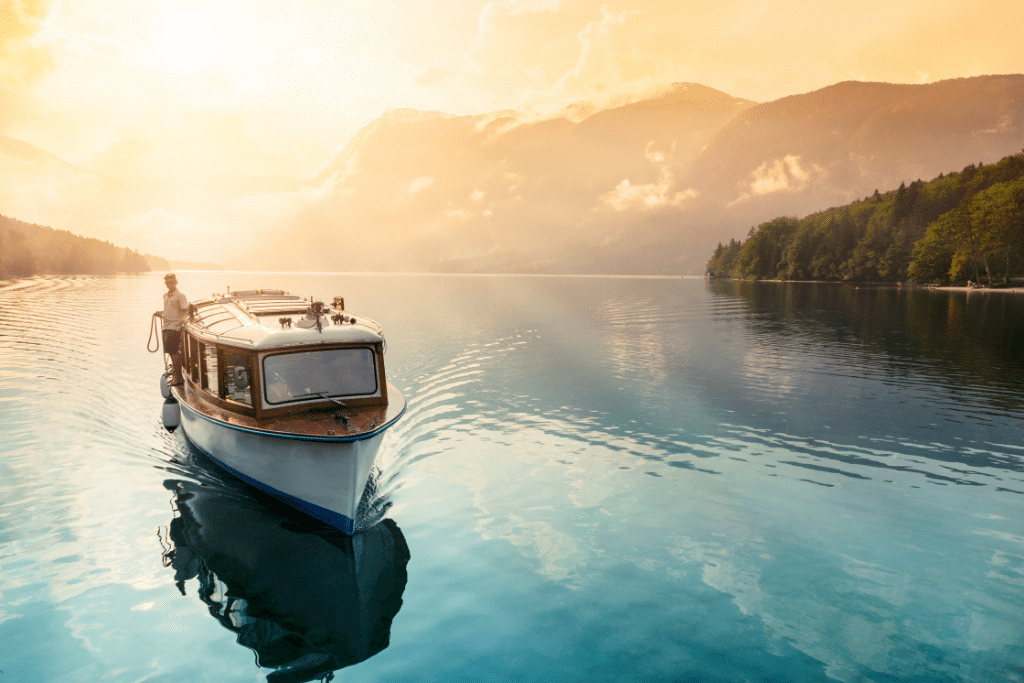
Most overnight stays in mountain municipalities
Most tourist overnight stays in 2022 were generated in mountain municipalities (31.2 % of total overnight stays), followed by spa municipalities (20.3 %) and seaside municipalities (19.8 %). Overall, mountain, seaside and other tourist municipalities recorded more tourist overnight stays than in the same period last year: 4.8 % more in mountain municipalities, 2.2 % more in seaside municipalities, and 9.6 % more in the group of other municipalities.
Domestic and foreign tourists made the most overnight stays in hotels in 2022 (48 % of all overnight stays and 43.7 % more than in the same period in 2021), followed by other accommodation establishments and then campsites.
In the first eleven months of 2022, the value of travel exports is €2.71 billion, up 74% compared to the same period in 2021 and up 2% compared to the same period in 2019, when the value of travel exports was €2.66 billion.
Stronger recovery is expected in 2023
According to the latest figures from the UNWTO, international arrivals reached 63% of pre-pandemic levels in 2022. Also, 900 million international trips were recorded in 2022, twice as many as in 2021.
Europe continues to lead the recovery in international tourist arrivals. In 2022, Europe recorded 585 million international arrivals (i.e. 64% of the world total), a return to 80% of pre-pandemic levels. Slovenia’s 2022 results are therefore well above the European average.

Europe is expected to achieve the 2019 results in 2023, with tourism traffic projected to meet or exceed pre-pandemic levels. It is important to highlight that there will be room for recovery and growth in tourist traffic in certain destinations.
Despite the optimistic forecasts, it is also important to highlight the challenges that lie ahead. In addition to health and geopolitical issues, tourism will also be affected by the economic crisis, which could slow down the further recovery of international tourism and lower consumer confidence levels in 2023. The latest UNWTO survey among a group of experts showed that a challenging economic environment, including high inflation and interest rates, rising oil and food prices and fears of a global recession, continue to be the main factors affecting the recovery of tourism. In addition to these factors, experts cite additional uncertainty and downside risks stemming from the war in Ukraine and other rising geopolitical tensions, health challenges related to COVID-19 and staff shortages.
Sources: SURS, UNWTO, 2023


